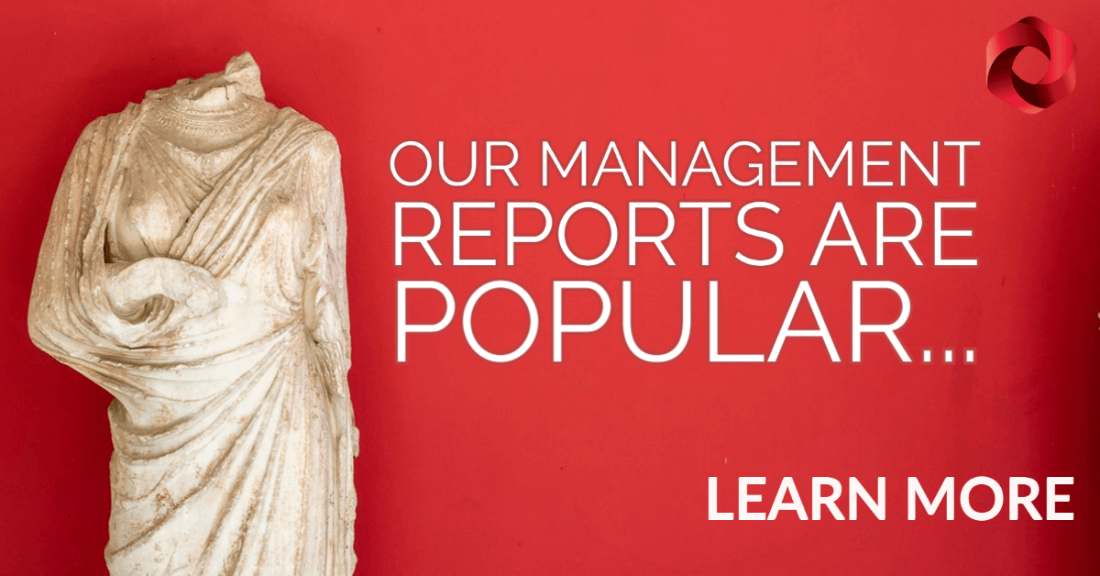Three new measures you should be aware of when claiming R&D Tax Relief
- July 2021
- 2 minutes
Change is often accompanied by a crisis. It’s no surprise, then, that over the course of the pandemic, we’ve seen business owners implement some truly innovative strategies to adapt, pivot, and thrive in these trying times.
Research and Development Tax Relief (R&D) can provide a significant cash injection to help boost cash flow and bring ambitious ideas to life for many companies that are taking risks and overcoming technological uncertainties.
However, if you are claiming or planning to claim tax relief for R&D, several new measures have recently come into effect that could have a significant impact on your claim.
 The new cap on SME R&D claims
The new cap on SME R&D claims
The new SME claim cap went into effect on April 1 this year to combat the growing number of cases of R&D fraud that have been accumulating in recent years.
This means that an SME’s payable R&D tax credit for accounting periods beginning on or after April 1, 2021 will be capped at £20,000 plus 300 percent of their total PAYE and NIC expenditure liability for the period. This will ultimately help to safeguard the incentive and ensure that businesses who rightfully qualify will still be able to benefit from the relief in the future.
While the majority of claimants will be unaffected by this new measure, it is important to be aware of it. It’s also worth noting that the cap may be reduced if tax losses can be carried back to previous years or if a portion of losses can be carried forward against future profits.
 Loss carry back rules
Loss carry back rules
Trading losses that have been made by companies in accounting periods ending between 1 April 2020 and 31 March 2022 can now be carried back up to three years, rather than one, with losses being carried back against later years first.
R&D claims result in additional losses because they provide a higher deduction for costs associated with innovation. As a result, this measure could be a real lifesaver for businesses that were profitable before the pandemic but have since run into financial difficulties. This measure could help a lot of businesses improve cash flow by increasing the amount they get back in tax relief.
 The super deduction
The super deduction
One of the biggest talking points of this year’s Spring Budget was the Chancellor’s capital allowance super deduction, which will run from 1 April 2021 to 31 March 2023.
If your business invests in qualifying assets, such as IT and office equipment, security systems, and manufacturing equipment, you may be eligible for a 130 percent super deduction on plant and machinery costs, or a 50% deduction on certain integral features and long-term assets.
Previously, companies could only claim 100% of costs incurred on the first £1m of spend. Beyond this limit, tax relief could only be obtained at rates of 18% (on plant and machinery) or 6% (on integral features/ long-life assets).
The super deduction, when combined with an R&D claim, could result in a significant reduction in your company’s taxable profits. It could also increase the company’s losses for loss-making companies, meaning you could benefit from the loss carry back rules as well.


